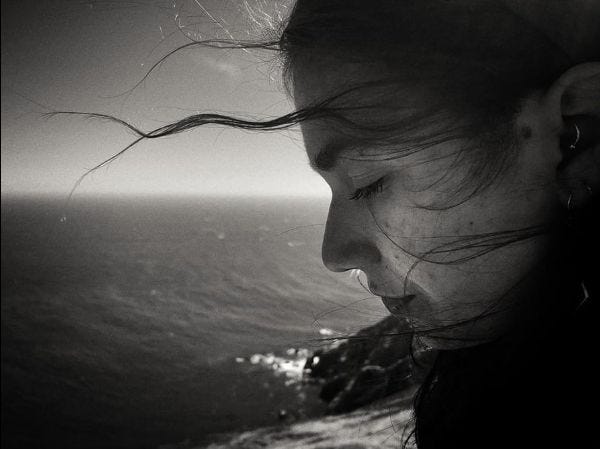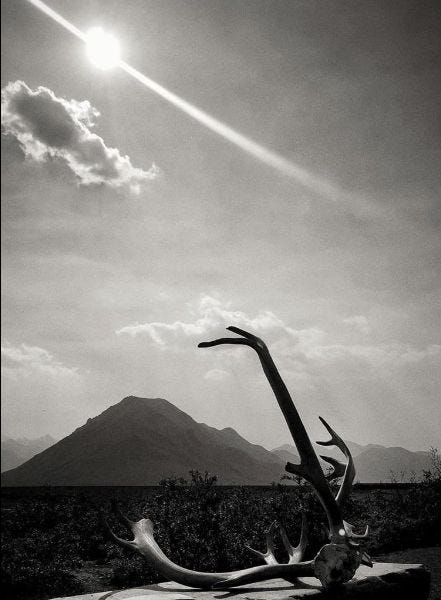unediting
Hi,
Usually, this is where Srishti would be writing to you from her heart, with words that have you re-reading and sighing and looking around for a loved one to share it with. Alas, this newsletter's a bit different. Indulge me for awhile as I share a series I've been working on called Unediting, where I interview artists to share about their process and how they make their art. Let me know if you would like more of this, if there's any artist you want me to interview, or thoughts about how to stay sane during these times in general!
Best,
Dhruv
On an average, I take about 30 minutes to finalize an Instagram post. I even have apps on the side that help me time my post, see if it fits into a grid, and use the right tags. Social media is all about curation, and curation takes effort - nobody knows that better than the 35 wrongly edited remnants of the final picture buried in my gallery.
What is all this effort for? More importantly, for who?
In this series, called Unediting, artists from all over the world reveal to us what really goes on behind the scenes of their finalized art.
For this post, we have a conversation with Zahra Amiruddin and talk about how she approaches her photography work. We then dive deep into three particular images shot by her, to understand how she creates her magic.
Zahra Amiruddin is an independent writer, photographer, and educator based in Bombay. After studying photography, art history, and theatre at the Aegean Centre for the Fine Arts, in Paros, Greece, she's worked and contributed to various publications such as The Conde Nast Traveller India, The National Geographic Traveller India, Time Out India, The Hindu, First Post, Elle, Scroll, and Soup amongst others. Apart from teaching photography workshops at colleges and cultural festivals, her main areas of interest include art, history, astronomy, personal narratives, and family histories. Her greatest thrill has been assisting Brandon Stanton of Humans of New York during his trip to India, and working with a team of scientists at the Lonar Crater in Maharashtra. When she's not chasing after pockets full of light, she practices conjuring the perfect patronus in her free time.
Dhruv: Do you preconceive the nature of the shoot before shooting or while editing? If yes, to what extent does it impact or shape the outcome?
Zahra: When it comes to a commercial set-up, I most definitely have a loose plan in mind in terms of location, and the ideal spots to photograph. Since I’m not very good with navigating through artificial lighting set-ups, I’m usually veering towards areas with a lot of available sunlight. Sharp shadows, and highlights are always welcome.
For personal shoots, I’ve started to build patterns in my mind that I revisit while photographing new scenes. For example, if I’ve photographed a single wilting rose, I know I want a melancholic photograph to go with it, and then seek-out the image. This is something that’s completely new in my photographic process and has built over time. Until a few months ago, I could only see my photographs as single images, independent from one another. But after looking at them for a long while, I noticed the similarity in textures, shadows, blank spaces, and patterns flowing into each other. Now, the editing has definitely started shaping my photography.
Dhruv: Is black and white photography a preferred medium? What feelings does it convey to you?
Zahra: I always find this question hard to answer because I don't consciously prefer it over color, but that’s just how my subconscious works. I tend to take soft photographs, that don't seem busy, and so, black-and-white-ness binds them together seamlessly. It conveys a sense of cohesiveness with reference to my photographs, which wouldn’t tell the same tale if left in color. When I do choose to use color, you will almost always find hints of blue.
Dhruv:What is the role of lighting/composition/etc in the final photo?
Zahra: I have a few go-tos that I personally follow in my photographic process. As clichéd as it may sound- follow the light. Play with it as much as you can. Let it shift and mould your frames and the people residing within them. Experiment with angles, and pick the one that seems most natural to you. With reference to composition, I always ensure that my lines are straight, the four edges of the frame have exactly what I want to convey, and I don’t rely on post-processing to edit/heal out anything that I don’t want. I mostly crop everything that I need to while making the photograph itself.
We couldn't fit all of the interview in this short newsletter, please find the rest of the post up on our website where we discuss three particular images by her.






